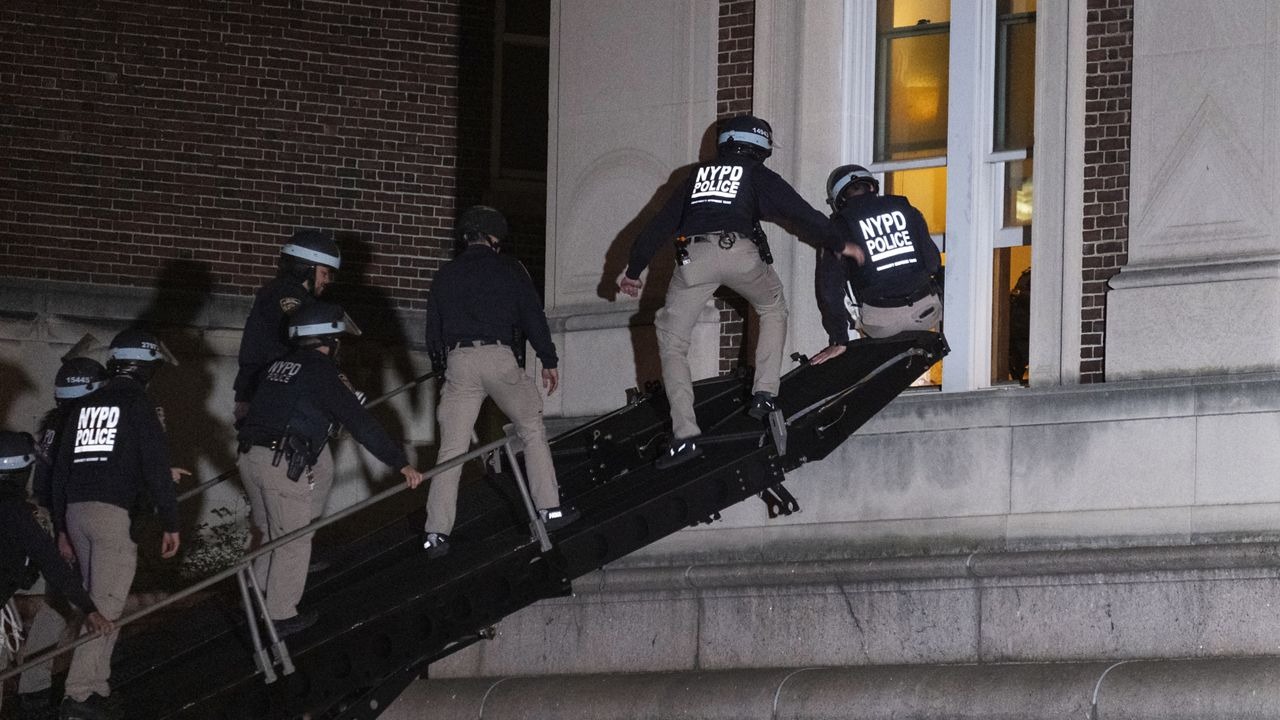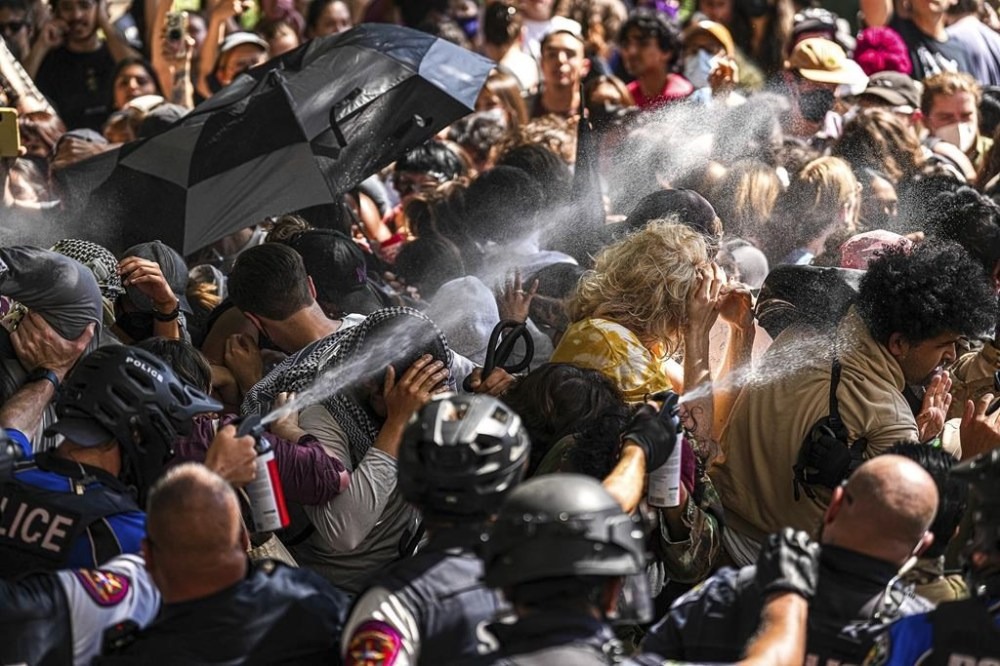Pro-Palestinian protesters have taken over a building at Columbia University, marking a huge escalation in nationwide demonstrations that have raised questions about the limits of free speech and protest.
While protesting is a sacred right in the US, particularly on college campuses, hundreds of students have been arrested in multiple states as administrators and elected officials try to enforce what they see as essential boundaries.

Legal advocates say activists must understand the right to protest in different contexts, including whether they are at a private or public school, whether they are protesting indoors or outdoors, and the “when and where” rules colleges can place on demonstrations.
Private schools, like Columbia, have more power to curb protests, while First Amendment requirements bind public schools.
The protests have also raised questions about the line between free speech and harassment, particularly in cases where antisemitic content has been reported.
While the First Amendment protects offensive speech, it does not protect harassment or true threats. Universities can impose reasonable time, place, and manner restrictions on protests, including banning overnight camping or tents.

The situation at Columbia has sparked a debate about whether schools should bring in police to break up protests. While schools may be on legally solid ground to do so, it is not always the right move. The university initially brought in police and arrested dozens of students before pulling back and attempting to negotiate with protesters.
The protests have also raised concerns about the safety of Jewish students on campus, with some reporting harassment and antisemitic content. A Jewish student at Columbia has sued the school, alleging an unsafe environment. The situation highlights the complication of balancing free speech and protest with the need to ensure safety and prevent harassment.


